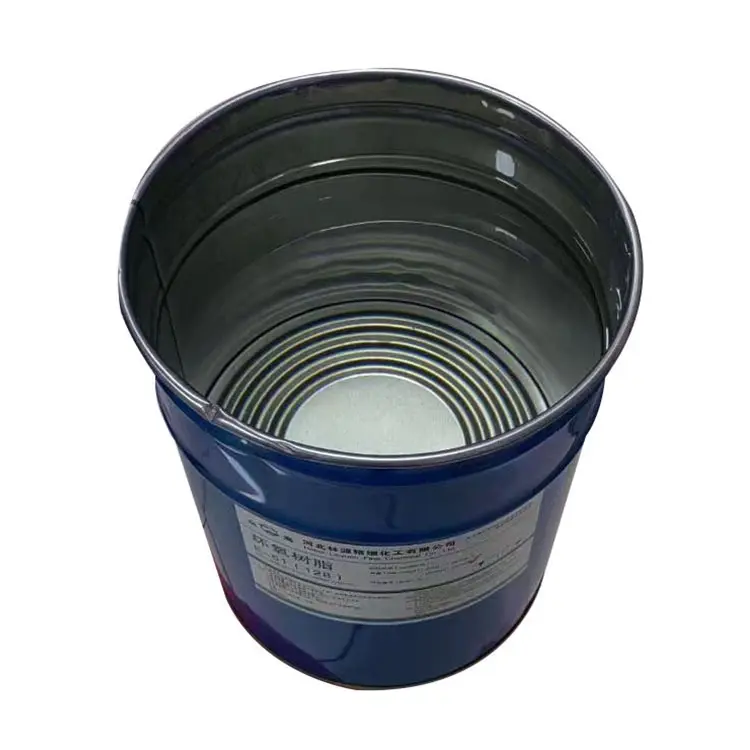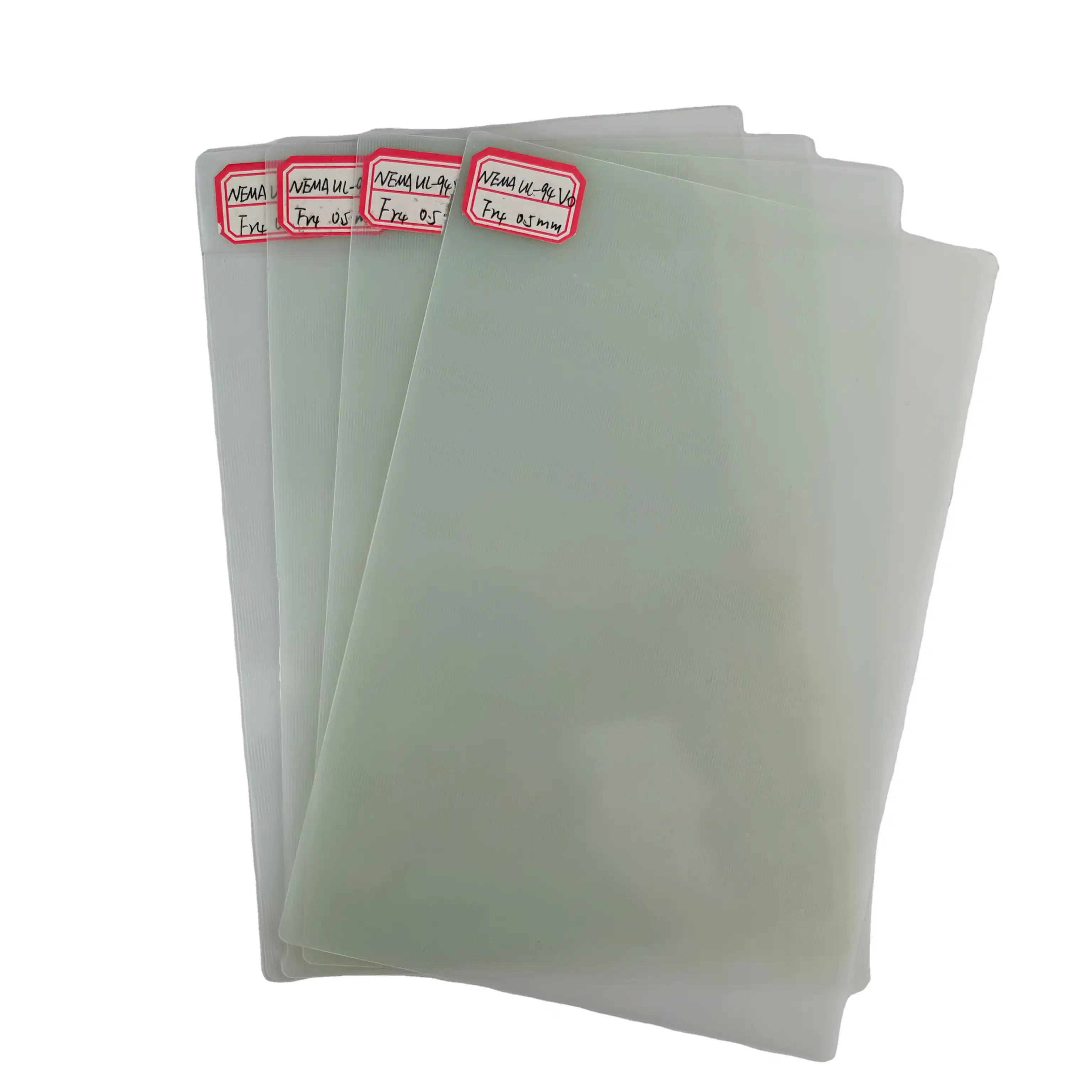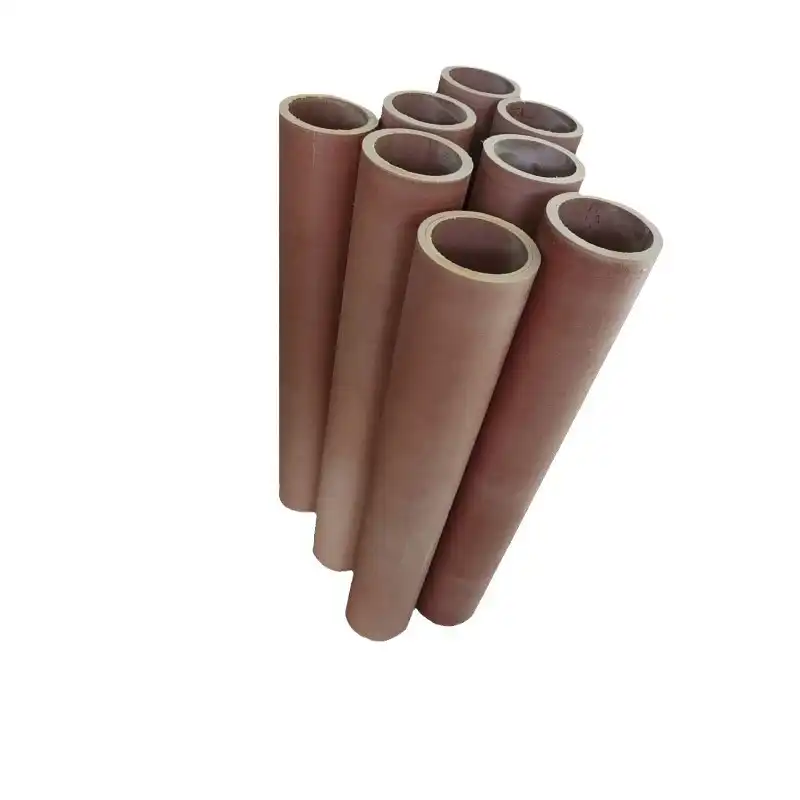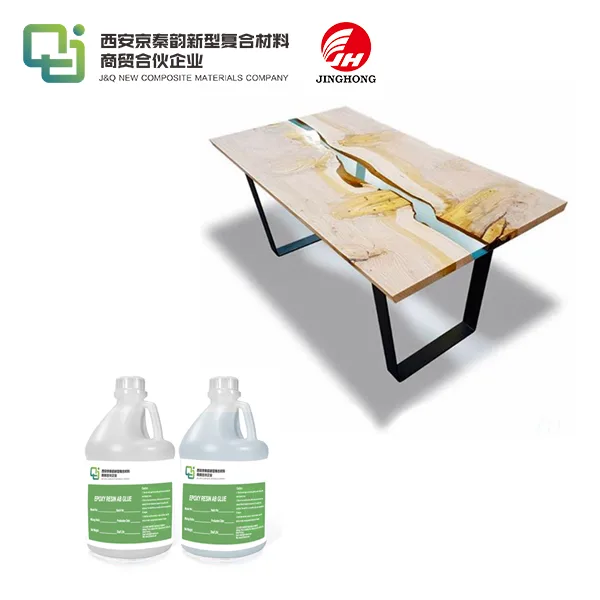Application of epoxy resin grout in bridge repair
2023-01-04
1. Project introduction
Zhentou Bridge is located at the east side of Zhentou Town, Liuyang City, provincial highway S211 (the original provincial highway 1827), crossing the Liuyang River. The central stake is K7+378. The total length of the bridge is 175.441m. The design load is steam level 15, hanging level 80. The bridge deck width: net 7.0m+2 × 1.0m sidewalk, the maximum span of superstructure arch ring is 72m, arch axis coefficient m=2.814, and rise span ratio is 1/7. The bridge was completed and opened to traffic in July 1976, and has been in operation for 27 years. Due to the increasing traffic flow and long disrepair, the bridge deck is seriously damaged, and cracks appear in the main arch and abdominal arch, so it is determined as a Class III dangerous bridge. In May 2003, Liuyang Municipal Highway Administration entrusted Hunan Provincial Traffic Construction Quality Supervision, Test and Inspection Center to inspect the quality of various parts of the bridge. A total of 343m cracks were detected, with a maximum width of 15cm. In order to ensure the safety of the bridge, our bureau decided to adopt the method of sealing cracks with epoxy resin grout to strengthen the bridge.
2. Basic characteristics and formula of epoxy resin grout
a) Basic characteristics of epoxy resin
I. Good physical performance. The bending and tensile strength can reach 300-400MPa, the compressive strength can reach 200MPa, the water absorption is small, and the adhesive force is higher than other composite materials.
II. High strength
III. Good durability. It has good chemical corrosion resistance and water resistance.
IV. The construction process is simple. It is easy to operate and maintain.
b) Preparation of epoxy resin adhesive
The main agent of adhesive is epoxy resin e44, in addition to toughening agent, curing agent, diluent, etc., which is prepared through field test. Epoxy resin adhesive formula (weight ratio) Raw material Epoxy resin 6101 dibutyl xylene (or acetone) ethylenediamine main agent Toughening agent Diluent curing agent ratio 100 15-20 10 6-8.

3. Repair construction process
a) Grind the 5cm wide places on both sides of the crack with a polishing machine first, and then clean the crack with acetone. The interface shall be free of oil stain, dust, etc.
b) The shallow turtle cracks with a depth of less than 5mm shall be soaked with epoxy resin dilute solution, dried, and then scraped with epoxy resin mastic. The proportion of epoxy resin dilute solution is epoxy resin: diluent: curing agent=1:0.4:0.25, which can penetrate into the crack root. Its structure is strong and can fill cracks.
c) For cracks with a depth greater than 5mm, the grouting nozzle shall be embedded at an interval of 30-50cm, and then the cracks shall be sealed with epoxy resin mastic, with the sealing width not less than 5cm. The epoxy resin mastic is used to seal the cracks, one is to seal the shallow cracks, the other is to prepare for grouting. It is particularly important to select the location of the embedded grouting nozzle hole, which should be determined according to the length, depth, trend, shape and other factors of the concrete crack. Generally, it is required to select points at both ends of the crack and at the empty and solid parts to ensure that the grout can reach each gap, playing a role in reinforcement and crack prevention.
d) After the epoxy resin mastic is completely dry, a gas test shall be carried out to check the integrity of the grout inlet, liquid outlet and crack sealing. 4 kg/cm2 pressure air is used to input from the grouting hole. If the gas is output from the liquid outlet and there is no air leakage at the sealant seal and other crack liquid outlets, it means that the crack grouting outlet and liquid outlet are set correctly and the sealant seal is reliable. Close the liquid outlet to increase the pressure in the crack to 4 kg/cm2 and keep the pressure for 2 minutes. If there is no air leakage, it is normal. If there is air leakage at the mastic after ventilation and pressure rise, it shall be sealed again. If more than two liquid outlets vent after ventilation and pressure rise, it means that the crack is connected with more than two cracks. At this time, the gas leakage outlet shall be closed until no gas leakage can maintain the pressure, and records and marks shall be made. After the ventilation and pressure rise, there is no gas output from the liquid outlet. It may be that the crack channel is blocked by the cement sealing process. At this time, the liquid outlet and grouting outlet should be added at the appropriate position of the crack in this section. In principle, the whole crack should have inlet, outlet, pressure maintaining and leak free sections.
e) After the gas measurement is qualified, the epoxy resin grout shall be used for pressure grouting. The air pressure for grouting shall not be less than 4 kg/cm2. 6. During grouting, pay attention to the liquid outlet condition of the grouting nozzle. After confirming that the grouting nozzle is full, close the liquid outlet of the grouting nozzle, increase the pressure to 4 kg/cm2, maintain the pressure for at least 5 minutes, and then allow it to dry naturally for more than 72 hours.
f) Check whether there is any omission in crack repair.
g) Remove the grouting nozzle and level the epoxy mortar protruding from the concrete surface. After 20 days of construction, the crack repair project of Zhentou Bridge has been successfully completed. Through actual inspection, the cracks repaired with epoxy resin grout have achieved the effect of increasing the strength of the arch ring. At present, most of the bridges on national and provincial roads were built in the 1970s and 1980s. Due to the low quality standards, they simply cannot bear the growing large traffic volume and heavy load. The bridge structure is suffering from serious damage and deformation, and beam slab cracking occurs to varying degrees. For the maintenance and reinforcement of such bridges, the epoxy resin slurry crack repair technology will be more widely used in old bridge maintenance projects.







